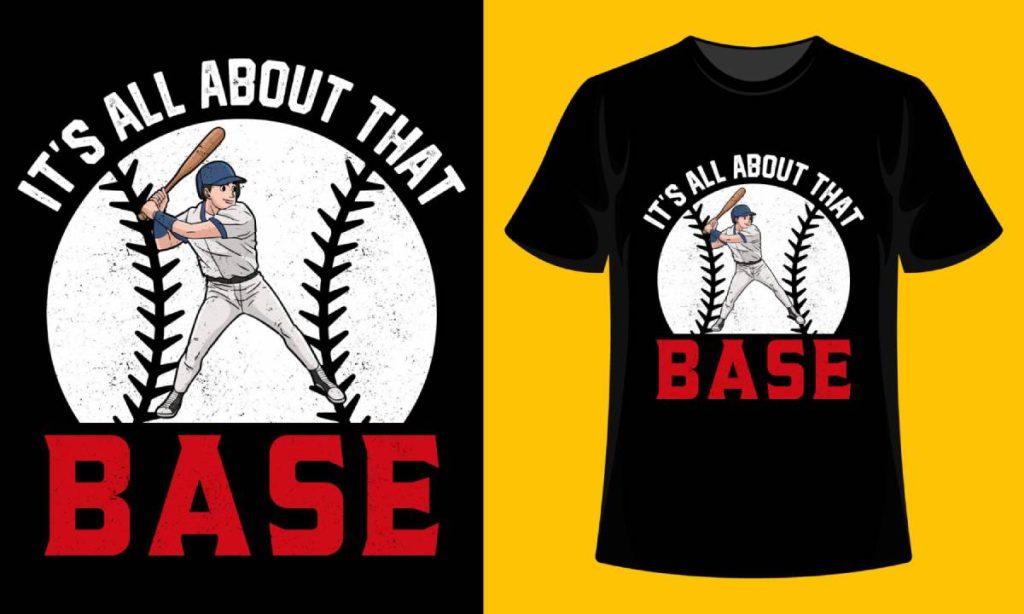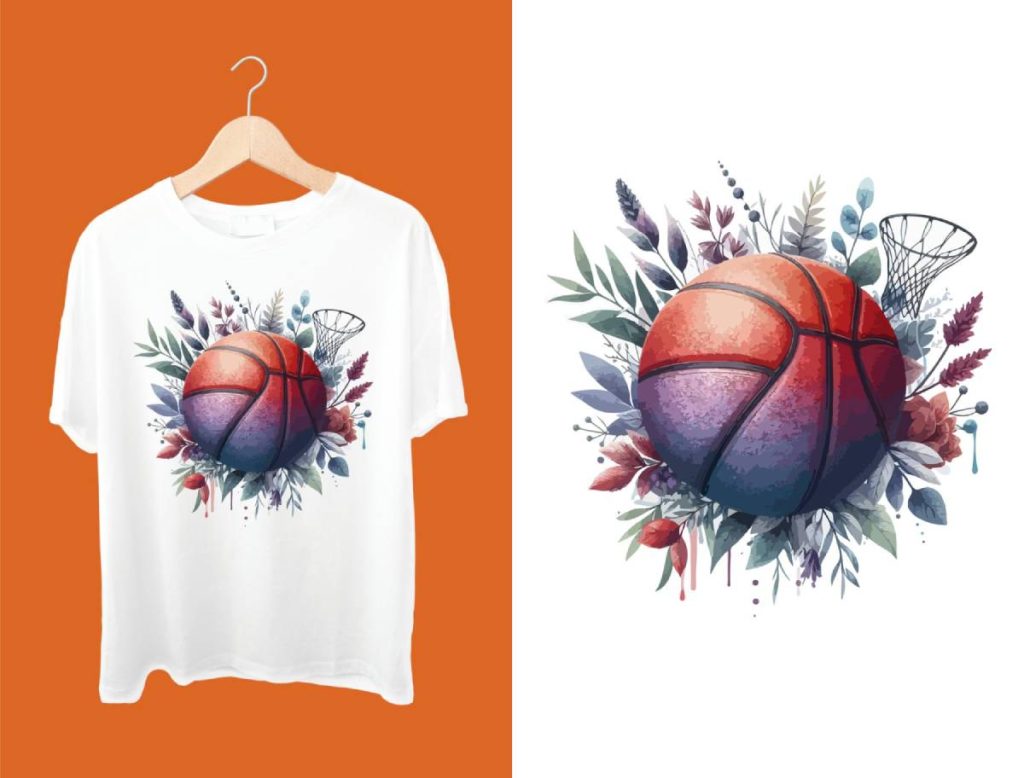For apparel printers, the DTF gangsheet builder is a smart tool that unlocks efficiency from the very first layout. By clustering multiple designs on a single sheet, it reduces ink waste and speeds up setup. This approach improves color management and tighter packing, helping control ink use. Better layouts also support more consistent results across runs, reducing unexpected variations. In this primer, you’ll see practical steps to implement it and start optimizing your workflow today.
Beyond naming the tool, think of it as a sheet-level design planner that positions multiple graphics for a single pass. By optimizing how designs sit on a single substrate, printers reduce ink overrun, shorten setup steps, and achieve steadier color results. This approach aligns with DTF workflow optimization, connecting artwork assets, RIP presets, and production sequencing for consistent throughput. Teams can build reusable templates that speed future jobs and minimize material waste. Embracing this mindset helps shops scale confidently while preserving print quality and margin.
Maximizing Ink Efficiency with DTF Layout Optimization and Gangsheet Strategy
In a market where ink costs are a daily concern, DTF layout optimization and gangsheet strategy can help you maximize ink efficiency. By planning how designs fit onto a single sheet, you reduce waste and ensure each print head pass contributes to a complete transfer, lowering the per-unit cost of each garment. This approach ties directly into broader cost controls and helps stabilize margins even during demand spikes.
A well-executed gangsheet strategy not only protects image quality but also targets ink savings by minimizing white and color swaths that don’t contribute to the final look. When you optimize spacing, margins, and color balance, you create a repeatable workflow that translates into tangible results across multiple runs, strengthening overall operability and predictability of production timelines.
DTF Gangsheet Builder: A Practical Guide to Efficient Gangsheet Printing
A DTF gangsheet builder is a software tool or process that helps you place multiple designs onto a single gangsheet for DTF printing. The goal is to optimize space, alignment, and color management so that every square inch of the sheet is used efficiently, which directly supports efficient gangsheet printing. With a smart builder, you can convert disparate artwork into a cohesive print plan that reduces sheet count and simplifies downstream steps.
By standardizing how designs are packed and color-separated, a gangsheet builder lowers ink consumption and minimizes misprints. When used consistently, it also tightens production timelines and makes color management more predictable, contributing to a smoother DTF workflow optimization across jobs.
DTF Workflow Optimization: Standardized Templates for Consistent Output
DTF workflow optimization relies on repeatable processes and templates to cut setup time and reduce variability. Standardized gangsheet layouts and pre-configured settings align with order management and RIP workflows, enabling faster job readiness and fewer last-minute changes. This consistency is essential for maintaining quality across batches and keeping production on track.
When templates are current and well-maintained, you gain dependable output and easier scaling. Reduced ink waste, fewer misprints, and tighter control over color separations become natural byproducts of a streamlined DTF workflow optimization strategy, delivering stronger margins and more reliable delivery schedules.
Color Strategy and White Ink Budgeting on the DTF Sheet
A thoughtful color strategy is central to reducing ink usage while preserving print brightness. Grouping colors by common color zones and planning white ink usage as a base layer can minimize channel switching and excess ink application. This approach supports effective DTF layout optimization by ensuring that each color swath earns its keep on the final transfer.
White ink budgeting is particularly important for achieving opacity without oversaturation. By mapping where white ink is essential and leveraging undercolor removal or tinting in other channels, you can preserve vibrancy while reducing overall ink consumption. A disciplined color strategy aligns with broader DTF ink savings goals and maintains consistent visual results.
Implementing DTF Layout Optimization: A Step-by-Step Playbook
To implement DTF layout optimization, start by gathering all artwork, print sizes, and any white-ink requirements, then define the gangsheet dimensions with clear margins and safe zones. This foundation supports precise tiling and prevents clipping during transfer, which is essential for efficient usage of ink and materials.
Next, run the layout optimization to tile designs, balance color usage, and minimize wasted space. Validate with a test print, refine color strategy, and export print-ready files that integrate smoothly into your production pipeline. Regularly review templates and metrics to continually improve maximize ink efficiency and overall throughput.
Measuring Impact: DTF Ink Savings Metrics and Real-World Case Studies
Measuring the impact of DTF ink savings begins with concrete metrics: ink volume per design, sheet count, and production time per job. By tracking these indicators before and after implementing a gangsheet strategy, you can quantify the efficiency gains and justify ongoing investments in layout optimization and workflow improvements.
Real-world case studies show how a focused gangsheet approach can deliver meaningful savings. Monitor changes in ink consumption, waste reduction, and delivery timelines to illustrate the tangible benefits of DTF workflow optimization. Use these insights to tailor templates, refine color strategies, and scale the approach across more designs and customers.
Frequently Asked Questions
What is a DTF gangsheet builder and how can it help with DTF ink savings and maximize ink efficiency?
A DTF gangsheet builder is a tool that places multiple designs on a single gangsheet to optimize space and color management. By tight packing, careful margins, and controlled color separations, it reduces ink usage per print and streamlines transfer steps, helping you achieve DTF ink savings and maximize ink efficiency across jobs.
How does gangsheet printing contribute to DTF layout optimization and maximize ink efficiency in production?
Gangsheet printing concentrates designs on one sheet, which optimizes layout and reduces waste. Through layout optimization and color aware packing, you minimize wasted space and unnecessary ink usage, leading to more efficient DTF printing and improved ink efficiency.
Can integrating a DTF gangsheet builder improve your DTF workflow optimization and overall production speed?
Yes. A gangsheet builder standardizes layout planning, automates parts of the design to print workflow, and integrates with RIP and order data. This accelerates job setup, reduces manual adjustments, and delivers faster production without compromising quality, supporting clear DTF workflow optimization.
What features should I look for in a DTF gangsheet builder to maximize ink efficiency and reliable output?
Seek features such as layout optimization, color aware packing, artwork compatibility, margin and bleed control, and export ready files. These capabilities help maximize ink efficiency by packing designs efficiently, maintaining opacity where needed, and producing repeatable, reliable gang sheets for kickoff to finish.
How should I measure ink savings when using a DTF gangsheet builder?
Track ink usage per job before and after implementing the builder, monitor sheet count and waste, and compare production time. Run small test prints to validate color stability and transfer results, then refine templates to continuously improve DTF ink savings.
What are common pitfalls in DTF gangsheet printing and how can a builder help avoid them and sustain ink savings?
Common pitfalls include ignoring margins and bleed, over reliance on automation, inconsistent file preparation, and outdated templates. A builder helps by enforcing safe zones, providing repeatable templates, validating layouts with test prints, and keeping color profiles up to date to sustain ink savings.
| Topic | Key Points |
|---|---|
| What is a DTF gangsheet builder? |
|
Summary
HTML table provided above summarizes the key points from the base content about DTF gangsheet builders and ink savings.



